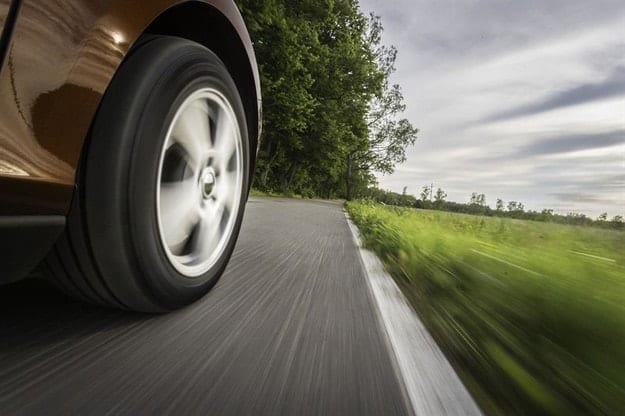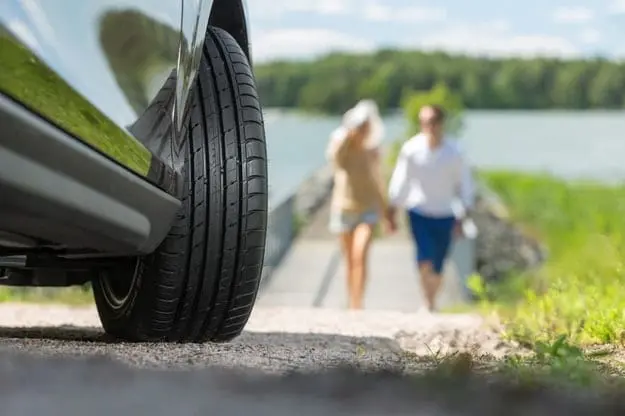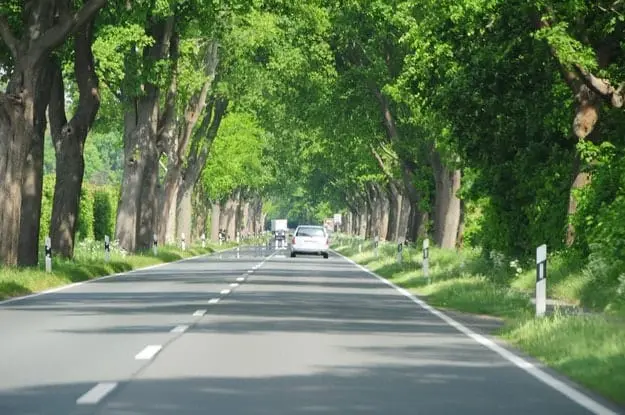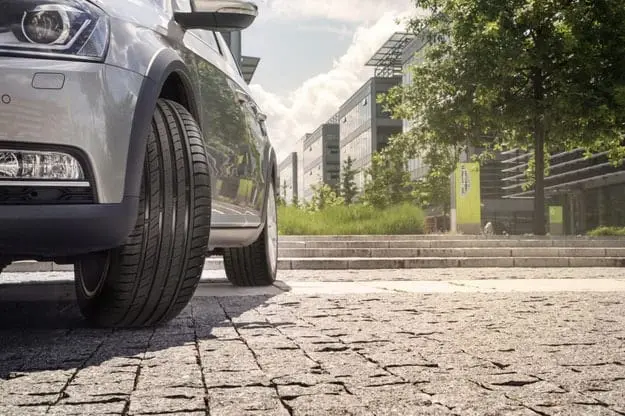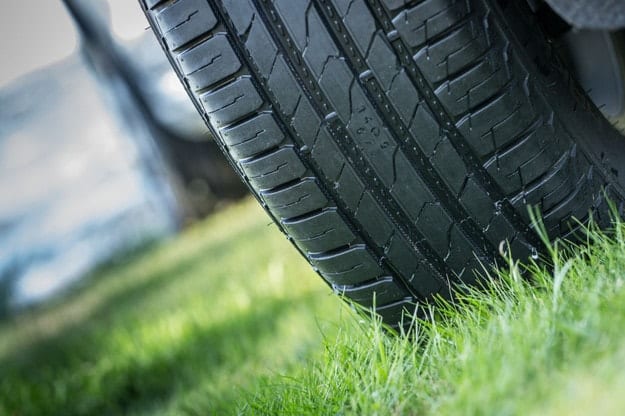
Class A tires save money and save nature
Content
Well-groomed Class A tires save money and increase safety
Using a car pollutes the environment, but humanity is already heavily dependent on conventional vehicles. However, we drivers can reduce the environmental impact of our car in a few simple ways. And besides the fact that we benefit nature, we can also save some money.
Well-groomed Class A tires save money and increase safety
From an environmental point of view, class A tires with fuel economy are the best choice. Products in this highest EU category have the lowest level of drag and therefore require the least amount of energy to propel themselves, which in turn results in lower fuel consumption. “Rolling resistance depends on the momentary grip of the tire on the ground. Low-resistance tires with road surfaces save energy and fuel and thus conserve nature. Reducing drag levels can reduce fuel consumption by up to 20 percent,” explains Matti Mori, customer service manager at Nokian Tires.
Fuel economy is indicated on the tire label and ranges from A for the most economical tires to G, which corresponds to tires with high resistance. Tire labeling is important and should be checked before purchase, since differences in tire resistance on the road can be significant. The difference of 40 percent on average corresponds to the difference of 5-6 percent in fuel consumption. For example, Nokian Tires Class A summer tires save about 0,6 L per 100 km with the average price of gasoline and diesel in Bulgaria at about 2 BGN, which saves 240 BGN. And 480 BGN With a range of 40 km.
Once you've put on high performance tires, you need to keep them in optimal condition. “For example, alternating tires on the front and rear axles when changing ensures even clutch wear and extends the life of the entire set,” explains Matti Mori.
Proper tire pressure reduces emissions
When it comes to conservation, proper tire pressure is probably the most important part of tire maintenance. Proper pressure directly affects rolling resistance and emissions. You should check your tire pressure regularly - it would be good if you do this at least once every 3 weeks and every time before a long trip. Properly inflated tires reduce drag by 10 percent.
“If the pressure is too low, it becomes harder to roll the tire and the car needs more power and more fuel to drive the wheels. For better fuel efficiency, you can inflate tires 0,2 bar more than recommended. It is also good to inflate tires when the car is heavily loaded. This increases load capacity and stable behavior, which has a positive effect on endurance,” Mori adds.
Premium tires are made using environmentally friendly technologies and are easy to recycle.
Many consumers point out that environmentally friendly tires often cost more, but soon after their purchase they pay off in the form of fuel economy. Premium manufacturers invest in environmentally friendly raw materials and optimize the production process to make the product as environmentally friendly as possible. In addition to fuel economy, many new technologies are aimed at reducing tire contamination throughout their entire life cycle.
“For example, we do not use polluting oils in our tires – we have replaced them with low-aromatic oils, as well as organic rapeseed and tall oils.” In addition, production waste such as rubber is returned for reuse,” explains Sirka Lepanen, environmental manager at Nokian Tires.
Before buying tires from a manufacturer, it is a good idea to check the company's environmental policy. A good way to do this is to read the Corporate Responsibility and Sustainability Report, which is available on the company's website. Responsible producers strive to reduce the negative impacts of producing their goods and increase the likelihood of successful recycling.

